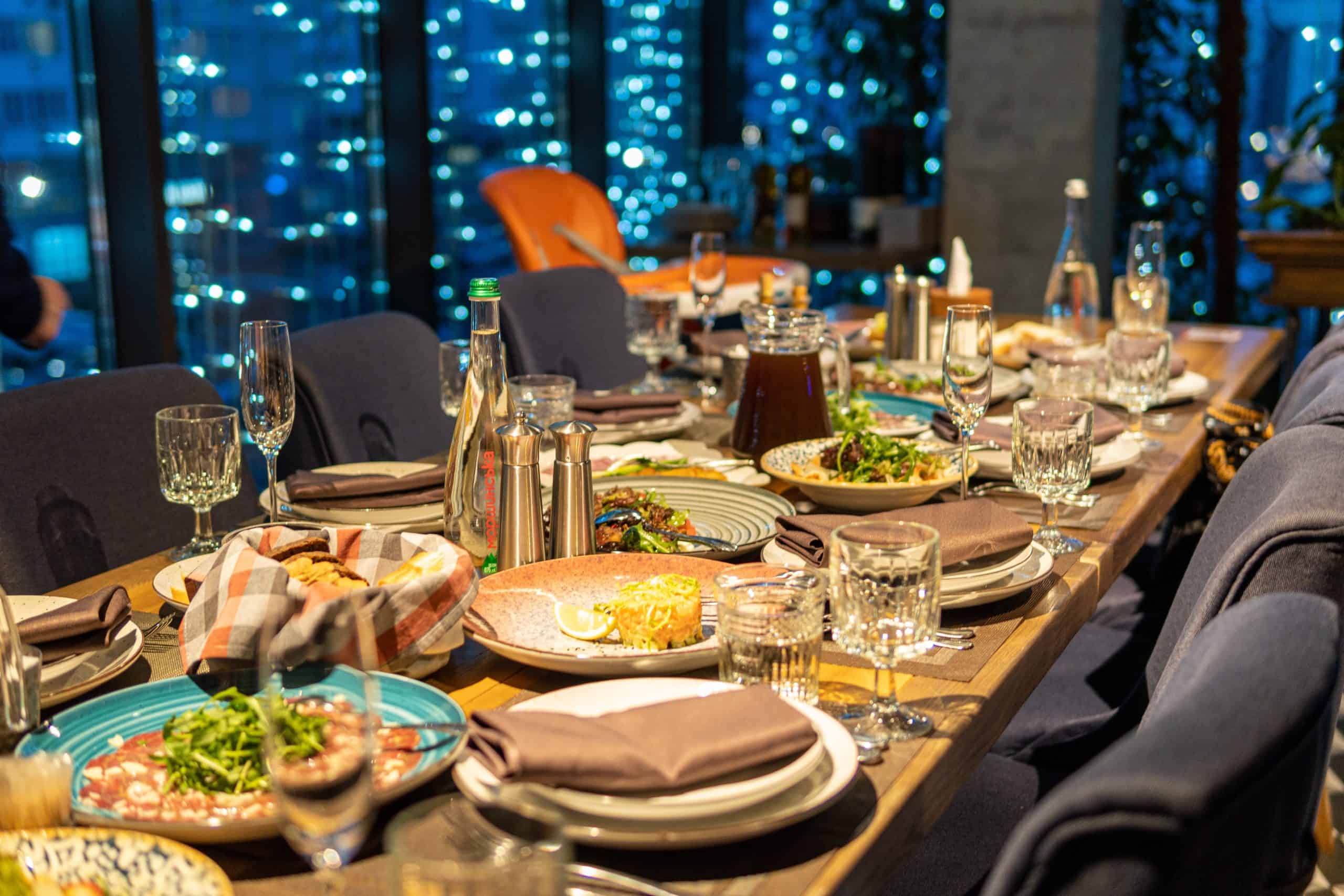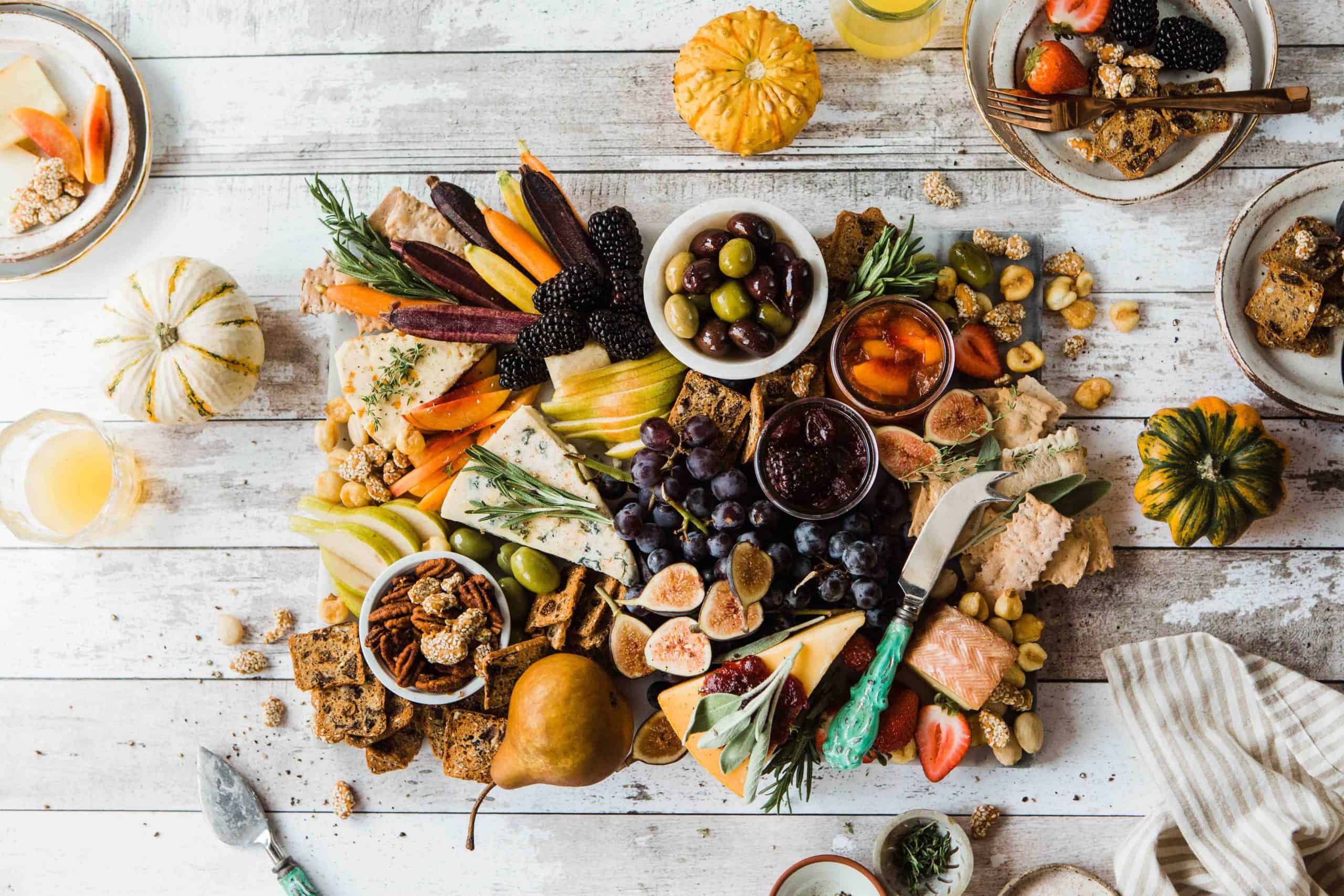Planning to host an event in your house, but you’re hesitating to prepare a multi-course meal because of all the stress it comes along with? Below are 9 tips to ensure you have a good workflow and a successful event!

A multi-course meal can be a delightful culinary experience, tantalizing the taste buds with various flavors and textures. However, planning such an elaborate meal requires forethought and care to ensure cohesion between courses and a smooth dining experience.
According to a 2019 survey, over 65% of Americans love to dine out and eat at restaurants that offer multi-course meals, as it allows them to sample various dishes and diversify their palettes. For the home cook planning their first full-course dinner, it can seem daunting trying to coordinate multiple dishes and determine the right progression. Proper planning is key to pulling off a seamless and satiating multi-course meal.
Here are some tips to guide you through planning a multi-course dinner. Taking the step in the right direction will help you curate a meal that delights and impresses everyone at the table.
Tip 1: Pick a Unifying Theme
Having a theme that ties your courses together is key to a cohesive dining experience. Your theme could be based on a particular cuisine like Italian or French or a specific ingredient featured across dishes like mushrooms or salmon. Make sure every dish complements the preceding one. So, if you’re opting for a European theme, for instance, you could prepare a Swiss roll cake. You could also consider baking this Swiss roll cake for a European-themed evening tea before proceeding to supper.
Picking a focused theme narrows down your options and makes it easier to select dishes that work well together. It also helps you determine appropriate beverage pairings. Just be sure not to limit yourself too much - having 2-3 complementary flavors or ingredients is ideal for offering variety.
Tip 2: Structure the Meal Properly
A multi-course dinner usually includes 3-5 savory courses, along with appetizers and/or dessert. Here is a typical structure:
- Appetizers - Small bites to start, like bruschetta, roasted bell peppers, or deviled eggs.
- Soup or Salad - A light starter to awaken the palate.
- Fish or Pasta - Traditionally served before the main protein.
- Main Course - The star of the show, like steak, chicken, vegan pie, or shakshuka.
- Cheese Course - Offer a selection of artisanal cheeses or plant-based alternatives.
- Dessert - Finish on a sweet note with cakes, pies, or chocolate.
You can customize this structure based on your menu, but having a logical flow is important. For example, you don’t want to serve two heavy courses back-to-back.
Tip 3: Vary Textures and Flavors
Be mindful of varying textures and flavors throughout your meal to keep everyone's taste buds enthralled. For example, if you’re serving a creamy potato gratin, follow it with something crisp like a seared scallop appetizer—acidic dishes like ceviche balance out rich, fatty courses.
Similarly, alternate cooking methods for visual appeal - serve a raw dish after something braised or roasted. Provide a mix of temperatures, alternating hot and cold plates. Having this diversity results in a more dynamic dining experience.
Tip 4: Consider Your Guests’ Preferences
Cater your menu to the particular tastes and dietary needs of your guests. If you’re cooking for kids, include familiar dishes and comfort foods they’ll enjoy. For adventurous eaters, take more risks and include exotic ingredients.
If your guests are mostly vegetarians or those on a gluten-free diet, adapt courses to accommodate them. You can even ask about preferences or allergies when inviting them to give you time to adjust recipes. The key is making sure everyone has something appealing to eat.

Tip 5: Select Complementary Ingredients
Just as you want flavor and texture contrast between courses, you also need complementary ingredients within dishes. For example, rich meats pair well with bright acidic sauces, while creamy bases benefit from a crunchy topping.
Some classic pairings include tomatoes and basil, pork and apples, or berries with sweetened cream. Learn the basics of food pairing to choose ingredients that bring out the best in each other for maximum flavor.
Tip 6: Pick Appropriate Proteins
The protein you choose as your main course sets the tone for your entire meal. Leaner meats like chicken, fish, and pork tend to work better for multi-course dinners than heavy red meats. They are lighter and less filling, leaving room for all the other dishes.
Lamb and duck are also flavorful but have lighter proteins. Steak can work for hungrier guests but keep portions moderate. Seafood is always a refined, elegant choice - just be mindful of food allergies.
Choose plants rich in proteins like edamame, soy, quinoa, or green lentils for those on a plant-based diet.
Tip 7: Select the Right Dinnerware
Your dinnerware should match the elegance of your meal. Break out your fine china and polished silverware for a formal multi-course dinner. This elevates the dining experience.
At a minimum, use plates that are big enough to accommodate each course but not overly large. Bread and dessert plates should be smaller. Having the right dinnerware makes portioning and presentation easier.
Tip 8: Pair Wines Appropriately
Pairing wines can elevate your dinner and bring out subtle flavors in your food. Sparkling wines or light wines like Pinot Grigio work well with appetizers and seafood. For the main course, choose medium-bodied reds like Merlot or Cabernet with robust meats.
Dessert wines like Port or Sauternes complement sweet endings. Offering thoughtful wine pairings shows your guests you’ve gone the extra mile.
Warning: Regular consumption of alcohol is detrimental to your health!
Tip 9: Plan Logistics Meticulously
Pulling off a flawless multi-course dinner requires thinking through the logistics. First, make sure to space out courses appropriately so guests have time to savor each one. Waiting at least 20-30 minutes between main dishes allows for digestion.
Have serving platters and dishes ready for a smooth transition between courses. Keep finished courses cleared promptly and have adequate staff to assist with serving if possible. Following a detailed timeline helps ensure a seamless dinner flow.
Conclusion
Planning an impressive multi-course dinner does demand some extra forethought and effort. However, the delight of your guests as they enjoy a thoughtfully crafted culinary experience makes it worthwhile. With these tips, you can curate a meal that impresses everyone. From striking the right balance of flavors and textures to offering wine pairings, the little details go a long way toward dining perfection. Approach your menu with creativity and care, and your dinner guests will remember the meal fondly for years to come.



















Comments
No Comments